
Louis-Hector Berlioz was a French Romantic composer and conductor. His output includes orchestral works such as the Symphonie fantastique and Harold in Italy, choral pieces including the Requiem and L'Enfance du Christ, his three operas Benvenuto Cellini, Les Troyens and Béatrice et Bénédict, and works of hybrid genres such as the "dramatic symphony" Roméo et Juliette and the "dramatic legend" La Damnation de Faust.

Roméo et Juliette is a seven-movement symphonie dramatique for orchestra and three choruses, with vocal solos, by French composer Hector Berlioz. Émile Deschamps wrote its libretto with Shakespeare's play as his base. The work was completed in 1839 and first performed on 24 November of that year, but it was modified before its first publication, in 1847, and modified again for the 2ème Édition of 1857, today's reference. It bears the catalogue numbers Op. 17 and H. 79. Regarded as one of Berlioz's finest achievements, Roméo et Juliette is also among his most original in form and his most comprehensive and detailed to follow a program. The vocal forces are used in the 1st, 5th and 7th movements.
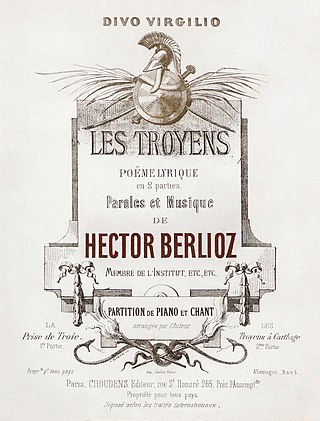
Les Troyens is a French grand opera in five acts, running for about five hours, by Hector Berlioz. The libretto was written by Berlioz himself from Virgil's epic poem the Aeneid; the score was composed between 1856 and 1858. Les Troyens is Berlioz's most ambitious work, the summation of his entire artistic career, but he did not live to see it performed in its entirety. Under the title Les Troyens à Carthage, the last three acts were premièred with many cuts by Léon Carvalho's company, the Théâtre Lyrique, at their theatre on the Place du Châtelet in Paris on 4 November 1863, with 21 repeat performances. The reduced versions run for about three hours. After decades of neglect, today the opera is considered by some music critics as one of the finest ever written.

Lélio, ou Le retour à la vie, Op. 14b, is a work incorporating music and spoken text by the French composer Hector Berlioz, intended as a sequel to his Symphonie fantastique. It is written for a narrator, solo tenor and baritone, mixed chorus, and an orchestra including piano.

The flight into Egypt is a story recounted in the Gospel of Matthew and in New Testament apocrypha. Soon after the visit by the Magi, an angel appeared to Joseph in a dream telling him to flee to Egypt with Mary and the infant Jesus since King Herod would seek the child to kill him. The episode is frequently shown in art, as the final episode of the Nativity of Jesus in art, and was a common component in cycles of the Life of the Virgin as well as the Life of Christ. Within the narrative tradition, iconic representation of the "Rest on the Flight into Egypt" developed after the 14th century.
Giorgio Tozzi was an American operatic bass and actor. He was associated with the Metropolitan Opera for many years and sang principal bass roles in nearly every major opera house worldwide.
The Juno Award for "Classical Album of the Year" has been awarded since 1994, as recognition each year for the best vocal classical music album in Canada.

John Wilton Nelson is an American conductor. His parents were Protestant missionaries.
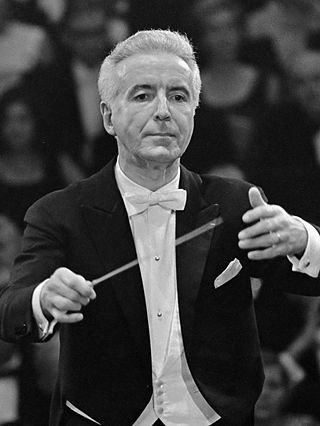
Jean Fournet was a French flautist and conductor.
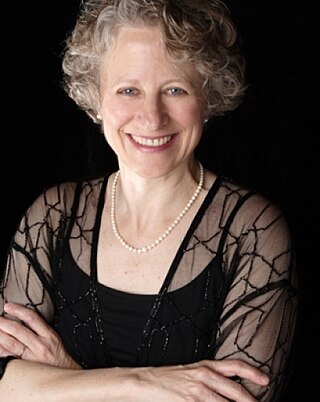
Melinda O'Neal is a conductor of choral and choral-orchestral music, professor emerita of music, and author.

Paul Agnew is a Scottish operatic tenor and conductor.

Grande symphonie funèbre et triomphale, Op. 15, is the fourth and last symphony by the French composer Hector Berlioz, first performed on 28 July 1840 in Paris. It is one of the earliest examples of a symphony composed for military band.
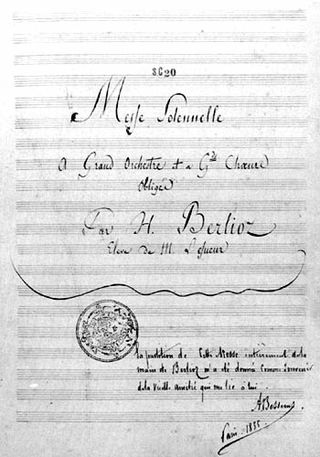
Messe solennelle is a setting of the Catholic missa solemnis by the French composer Hector Berlioz. It was written in 1824, when the composer was twenty, and first performed at the Saint-Roch, Paris, on 10 July 1825, and again at the Saint-Eustache in 1827. After this, Berlioz claimed to have destroyed the entire score, except for the Resurrexit, but in 1991 a Belgian schoolteacher, Frans Moors, came across a copy of the work in an organ gallery in Antwerp, and it has since been revived.

French composer Hector Berlioz wrote a number of "overtures", many of which have become popular concert works. They include true overtures, intended to introduce operas, but also independent concert overtures that are in effect the first orchestral tone poems.
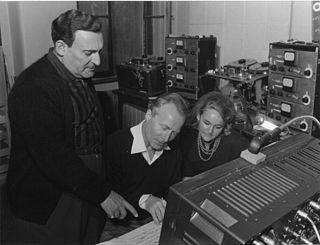
Pierre Dervaux was a French operatic conductor, composer, and pedagogue. At the Conservatoire de Paris, he studied counterpoint and harmony with Marcel Samuel-Rousseau and Jean and Noël Gallon, as well as piano with Isidor Philipp, Armand Ferté, and Yves Nat. He also served as principal conductor of the Opéra-Comique (1947–53), and the Opéra de Paris (1956–72). In this capacity he directed the French première of Poulenc’s Dialogues des Carmélites. He was also Vice-President of the Concerts Pasdeloup (1949–55), President and Chief conductor of the Concerts Colonne (1958–92), Musical Director of the Orchestre des Pays de Loire (1971–79) as well as holding similar posts at the Quebec Symphony Orchestra (1968–75), where he collaborated with concertmaster Hidetaro Suzuki, and the Nice Philharmonic (1979–82).

Hélène Bouvier was a French operatic mezzo-soprano, particularly associated with the French repertoire.

Joseph is an opéra comique in three acts by the French composer Étienne Méhul. The libretto, by Alexandre Duval, is based on the Biblical story of Joseph and his brothers. The work was first performed by the Opéra-Comique in Paris on 17 February 1807 at the Théâtre Feydeau. It mixes musical numbers with spoken dialogue and is described in both the libretto and the printed announcement for the opening night as a drame en trois actes, mêlé de chant, although the Méhul scholar Elizabeth Bartlet catalogues it as an opéra en prose.
Michel Piquemal is a French choir conductor and conductor. He is also an operatic singer (baritone).
Loïc Guguen was a contemporary French dramatic baritone.
Michael Spyres is an American operatic baritenor. He is particularly associated with the bel canto repertoire, especially the works of Rossini, and heroic roles in French grand opera.















